SANITIZING & SURFACE
DECONTAMINATION
Don’t be fooled, surfaces must be thoroughly cleaned prior for any sanitizing methods to be effective. When it comes to sanitizing offices and general spaces in Trinidad and Tobago, there are different various methods the we can employ to better facilitate your needs.
Packages available on a weekly or monthly basis.
There are legal differences in the terms cleaning, sanitizing, and disinfecting. As the CDC (Centers for Disease Control) explains:
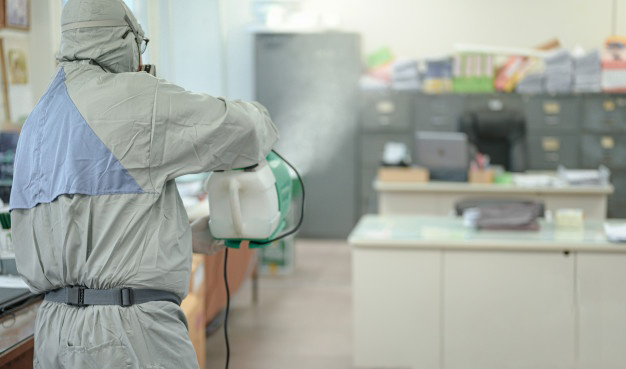
— Cleaning removes germs, dirt, and impurities from surfaces or objects. Cleaning works by using soap (or detergent) and water to physically remove germs from surfaces. This process does not necessarily kill germs, but by removing them, it lowers their numbers and the risk of spreading infection.
— Sanitizing lowers the number of germs on surfaces or objects to a safe level, as judged by public health standards or requirements. This process works by either cleaning or disinfecting surfaces or objects to lower the risk of spreading infection.
Disinfecting kills germs on surfaces or objects.
— Disinfecting works by using chemicals to kill germs on surfaces or objects. This process does not necessarily clean dirty surfaces or remove germs, but by killing germs on a surface after cleaning, it can further lower the risk of spreading infection.
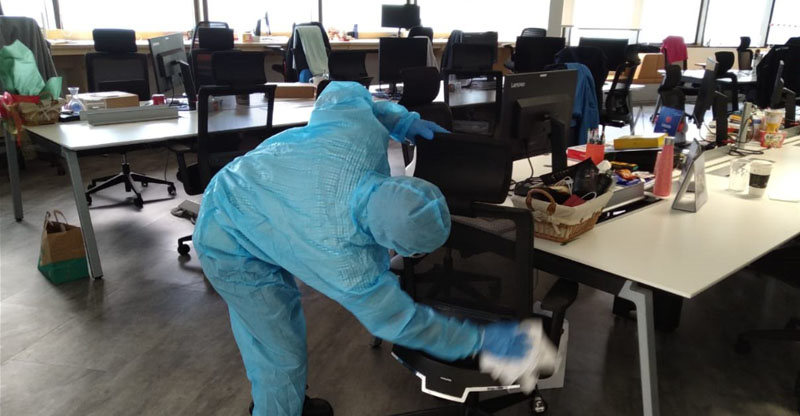

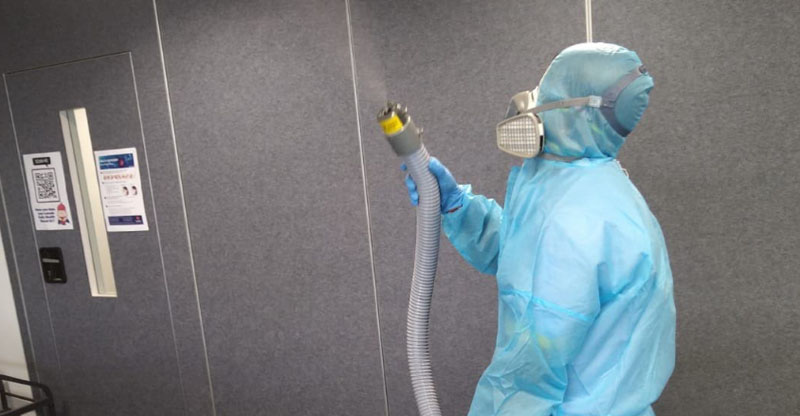

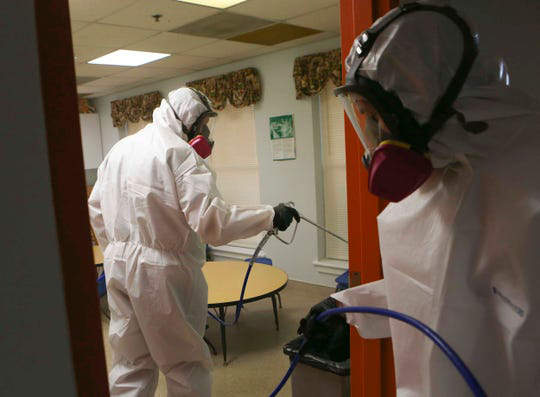
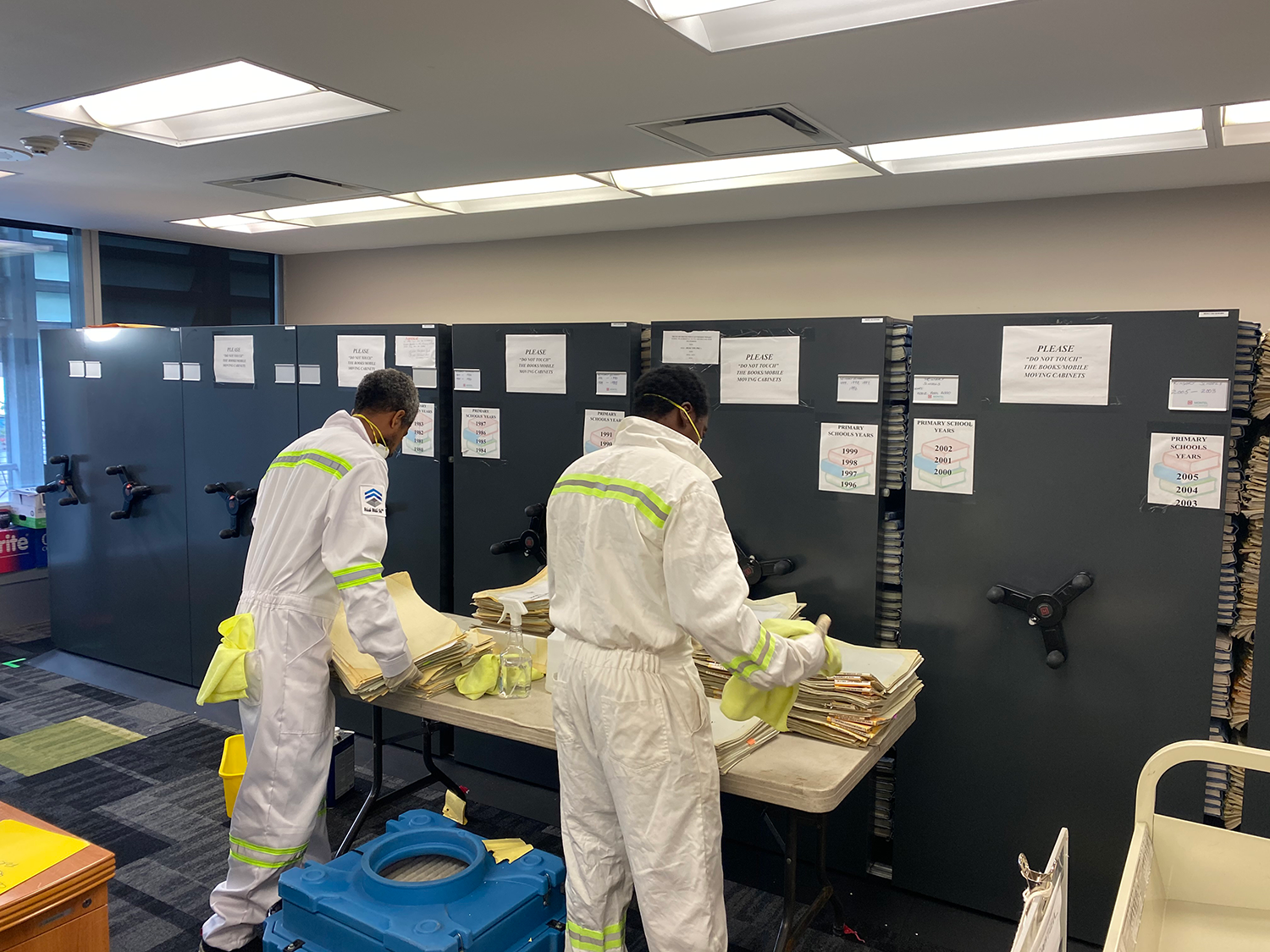
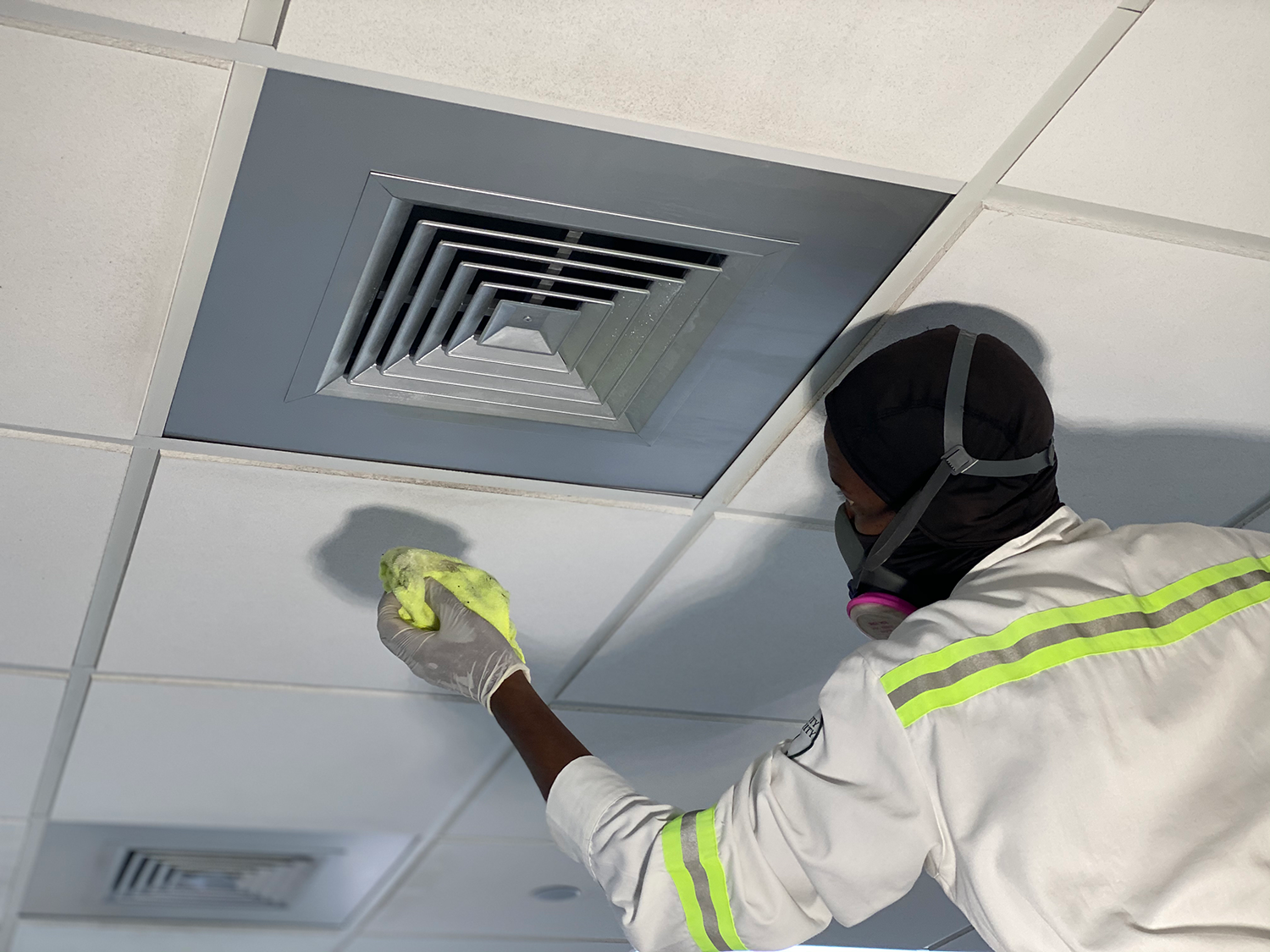
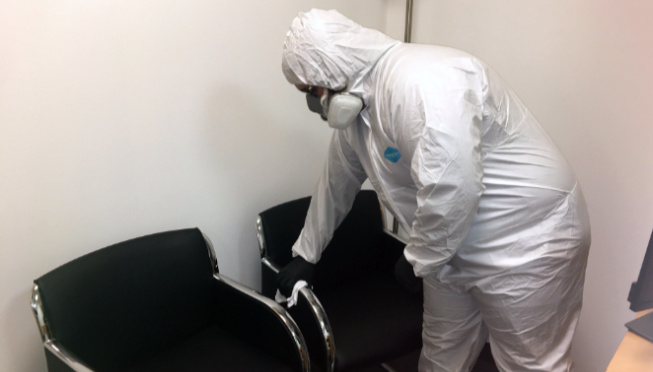
A surface should be cleaned before it can be disinfected. According to international standards, cleaning can remove up to 90 percent of soils and pathogens in that soil from surfaces using tools like microfiber pads and water.”
According to the world health organization when it comes to using bleach on hard surfaces, “sufficient time is required to kill any virus or bacteria, i.e., at least 10 minutes contact time.”
